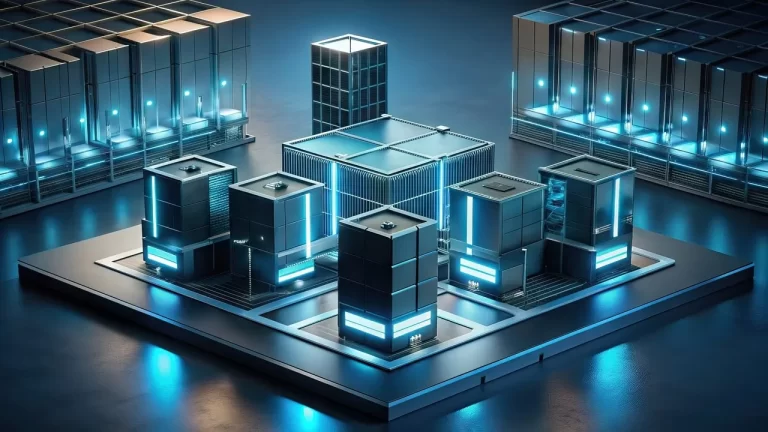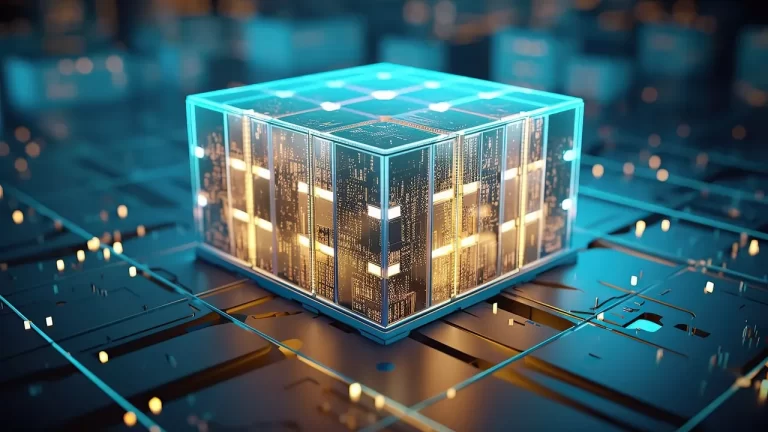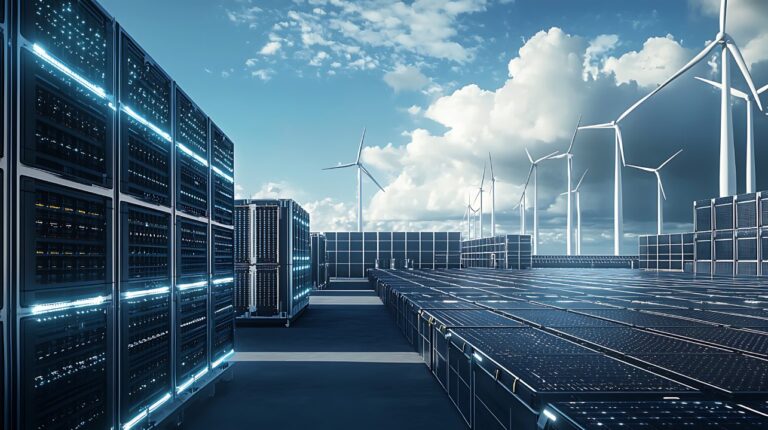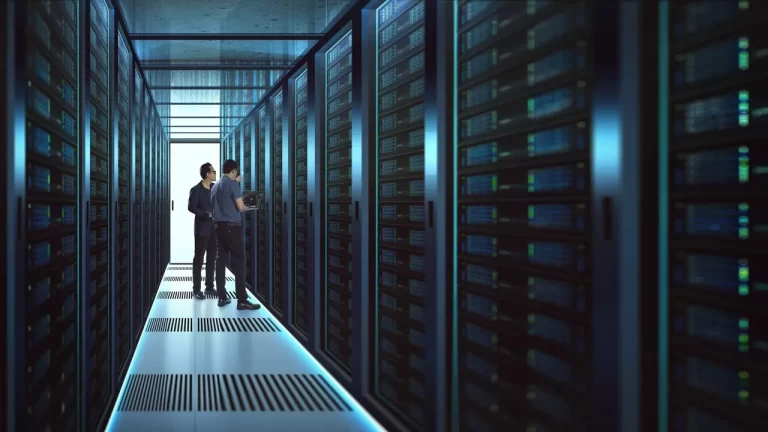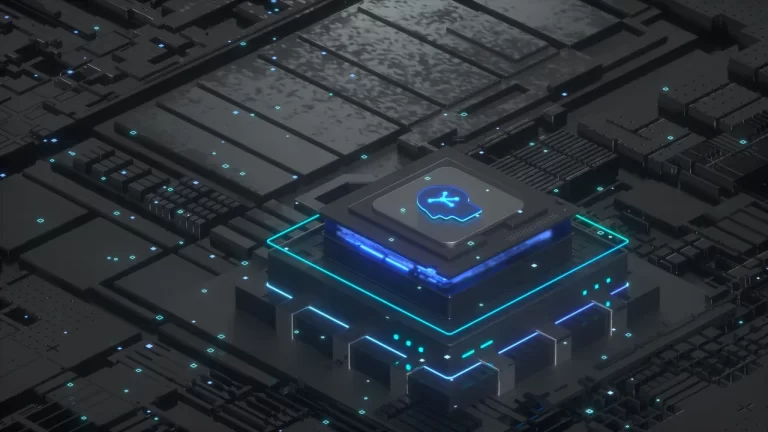Within a few minutes of reading, I can tell that the data center is evolving quickly and is poised for big changes by 2025. Such advances as artificial intelligence, edge computing, and green energy act as a backbone for smart operations. These are trends that must be implemented in a data center to cater to the increasing needs and to overcome market competition.
Other important aspects are also important, such as flexibility and security to integrate and protect the PC. As most organizations are implementing hybrid cloud models and utilizing innovative automation solutions, data centers should be arranged to adapt to such changes while ensuring the security of the information kept in them. The findings in this paper show that awareness of the current trends in cloud computing will make the future of data centers achievable.
What is AI-Driven Infrastructure?
AI is well on the way to becoming one of the vital technologies in the prevailing infrastructure of data centers. Artificial intelligence is also gradually being applied to the data center to improve work effectiveness and avoid failures. AWS and Google are some of the hyperscalers that are leading this transformation today. So, they are spending on AI chips, deep learning models, and automation tools for better results in maintenance prediction, data management, and workload scheduling. In this aspect, AI is an effective tool, as it can alert us to certain failures before they take place, which makes operations more efficient with minimal disturbances.
Due to the increasing need for fast and effective computational structures, AI trends are arising in data centers to manage large volumes of data. Automated systems in health care enhance decision-making on aspects that involve real-time determinations of resource allocation. For the small companies specifically, its adoption may not be as easy since it requires some form of special structures, such as a special space best suited for GPUs and sophisticated cooling systems. Although there are still obstacles, the industry is slowly incorporating AI into its processes with the understanding of several benefits it holds, such as optimization of operations, resources, and tenants.
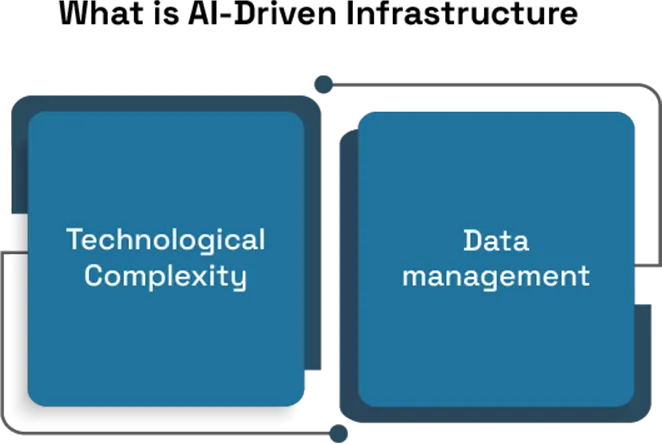
Why is sustainability and green energy important?
Energy efficiency can be considered the most crucial development goal that has emerged as a focal point of the data center sector on account of constantly increasing energy consumption that is a result of extensive data processing and storage. First of all, it is necessary to know that data centers consume a lot of energy, which practically classifies them as large-scale energy consumers. In response, most organizations have opted for green energy and reinvented their power through wind and solar energy. This not only aids in achieving the global environmental goals but also in consideration of emerging environmental issues that include global warming, therefore making green energy an essential factor in future data center designs.
This is also due to a strong concern of data center service providers to cut the costs of operations. Unfortunately, there is a continued emphasis not only on the environmental performance aspect but also on cost-saving aspects of sustainability as well. There are now indications that data centers are trying to reduce energy consumption through cooling using liquids and air. Further, constant research is undertaken to integrate better ways of minimizing power consumption with and without trade-offs on power. These measures are beneficial in cost reduction as well as in the development of better means for future business operations.
How to Edge Computing Expansion?
None of the processing and computational applications carried out by edge computing are new, but the capability that it adds is to process the data much closer to the source in comparison to the cloud service. This helps in decreasing latencies and further lessens the demand for the consumption of bandwidth; this plan is ideal for application processing in near real-time applications like autonomous automobiles, industrial usage, and the Internet of Things. It is an effective process of computing that integrates data from diverse devices so that the data can be processed immediately close to the source without having to go to a remote cloud server. The change assists in enhancing the response capability and decreasing the amount of time taken by a system to forward elements in processing, enhancing the general efficiency.
To cater to the increasing need for edge computing, the data centers are holding low-density data centers closer to population concentrations. They are also flexible and modular, and give one the capacity to build more to meet the stream of data that is expected. Edge data centers are usually located in areas that ensure that services that require data processing with a short turnaround time are supported, and thus, they are important in areas like healthcare, smart cities, and transport. With the help of the edge facilities, data centers guarantee fast data access and enhanced user experience, which puts them in a strategic place to answer the demands of a world that is becoming steadily more connected.

The Future of Quantum Computing Integration
Quantum computing is a relatively new yet promising technology that can revolutionize data centers. Unlike conventional computers that employ the mathematical concept of 1s and 0s, Quantum computers use small units called qubits, which can be several at a time, hence solving a problem in the shortest time possible. This can boost fields like AI, cryptography, and DNA research.
However, quantum systems need ultra-cold environments and complex error management, making integration challenging. As IBM and Google advance quantum tech, data centers must prepare infrastructure and skilled teams, with broader adoption expected as costs drop and technology matures.



